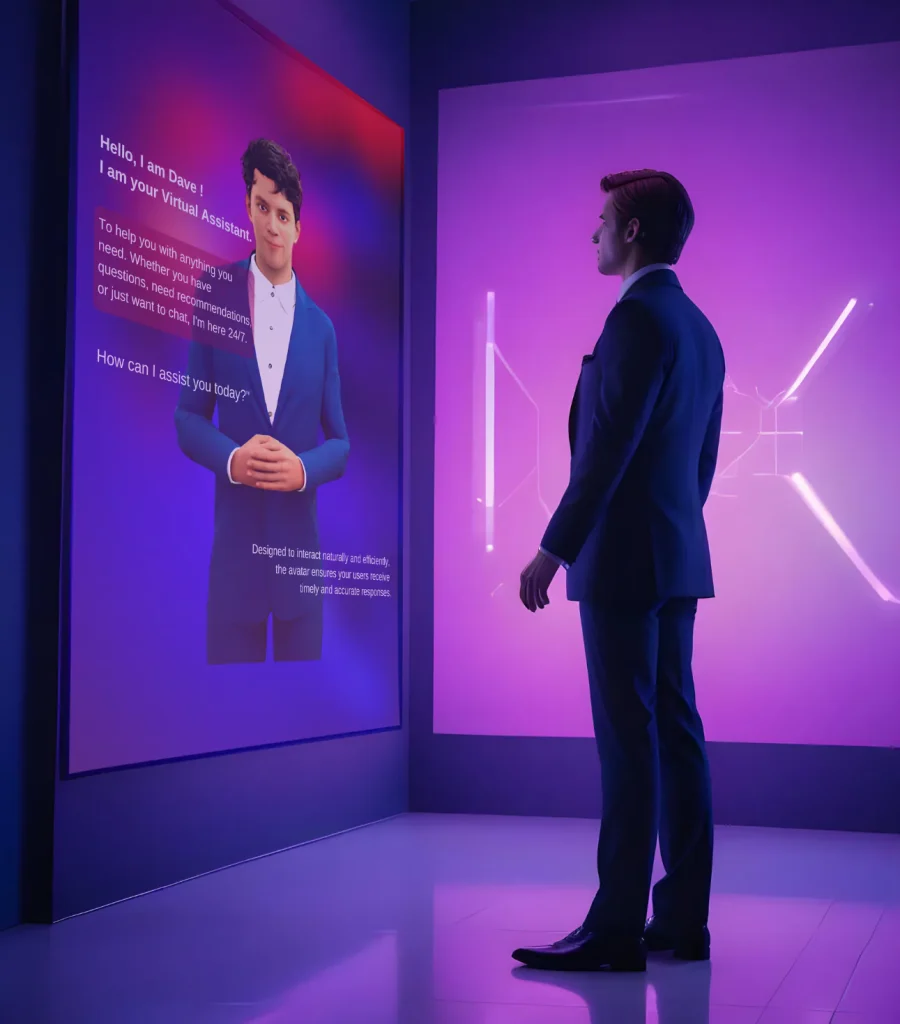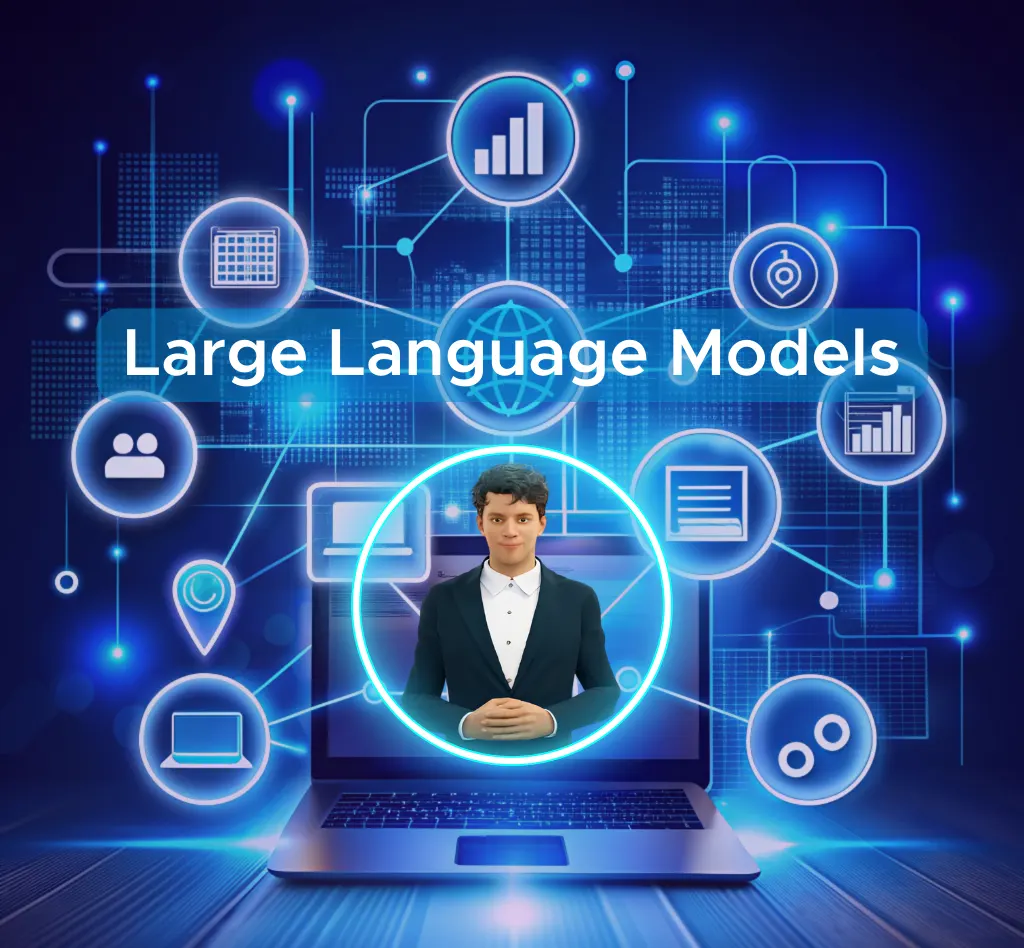Core idea of this paper:
Providing a detailed evaluation of Large Language Models.
Gaining an in-depth understanding of LLM technology and its potential to shift the future of human-machine interaction.

The challenge
LLMs are defined by their ability to decode, generate, and modify the text into a form that parallels that of a human, with a near-proficient level of fluency and clarity. These models implement complex neural network structures consisting of interconnected nodes in multiple layers to encode, decode, and provide context for linguistic information. The realm of LLMs includes a wide range of architectures and methodologies, each customized to address particular duties and goals.
Large Language Models 101
Improved Efficiency in Text Generation
Enhanced Accuracy in Language Understanding
Predictions
LLMs’ trajectory, led by ongoing research and development initiatives, offers opportunities for steady progress and innovation. The maturation of LLM technology will give rise to new possibilities for innovation and disruption, which will encourage the development of unique applications in various fields. LLMs have the potential to support incredible progress in AI language comprehension and generation. The incorporation of LLMs into everyday tasks and experiences will revolutionize our language interactions.

